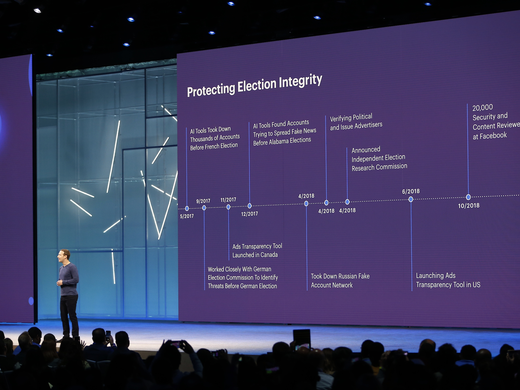U.S. domestic and foreign policy will largely be influenced by two factors in the current presidential term: the “Rising American Electorate” and an increasingly polarized American electorate.
That was the view put forward by Thomas B. Edsall, Joseph Pulitzer II and Edith Pulitzer Moore Professor of Journalism at Columbia University, in his Signature Lecture at CIGI. Edsall is a seasoned observer of the U.S. body politic, having covered all aspects of it — including presidential elections, Congress, lobbying, demographic trends, social welfare, the politics of race and ethnicity, and organized labour — during his 25-year career at The Washington Post.
Perhaps as a preface to the various anomalies highlighted by his extensive data comparing the positions of Democratic and Republican voters on major issues, Edsall began by saying that U.S. politics is “very interesting, but very screwy.” He also noted how Canada and U.S. appeared to be moving in opposite directions in recent years, with the former adopting a more conservative stance, while the latter experiences a rise in progressive views.
Edsall gave an interesting demographic profile of the various constituencies, or the “Rising American Electorate” (RAE), that combined to elect Barack Obama in the 2012 presidential election. RAE constituencies include (in order of population): unmarried women, youth, African Americans, Latinos, and the most and least highly educated in the U.S. — all of whom were more likely to have voted for Obama than Republican challenger Mitt Romney in 2012. Taken together, and accounting for overlaps among the groups, the RAE bloc accounts for more than 52 percent of the country’s 111 million eligible voters.
In noting that the groups within the RAE typically favour a less aggressive foreign policy and prefer a social safety net or “floor” for society’s most vulnerable, Edsall said opinion polling on specific issues presented a few unexpected inferences for this group. Most notably on the question of the US using drone strikes to target suspected key operatives in terrorist activities abroad. Edsall presented Pew Research Center data showing that 62 percent of Americans approved of drone strikes, including almost half of the RAE bloc.
Edsall referred to this point again in the question-and-answer segment, when he explained the implications of the data for U.S. policy and, in turn, Canada and the rest of the world.
“Drones are a perfect tool for a partial pull-back on military intervention,” Edsall said, adding that the unmanned strikes allow Obama to continue to take action without putting American lives at risk. But Edsall was quick to point out that, in a survey of 20 advanced countries from all regions of the world, only the U.S. and India reported majority support for drone strikes.
To highlight the extent to which the U.S. electorate is increasingly polarized, Edsall contrasted the 1969–1970 data on House Members’ ideological “location” with that of 2003–2004. While the former showed considerable overlap between the two parties and a general concentration of all members’ ideological locations, the latter showed a marked entrenchment along party lines with no overlap — and a growing distance — between the two.
In response to a question on measures that Republican states might introduce to improve the GOP’s chances in presidential elections — such as abandoning the current Electoral College system in favour of results based on congressional district returns — Edsall offered a blunt prediction of how it would play out in the U.S. courts.
“It’s going to be testy in the courts because it really does destroy ballot counts,” Edsall said. “It’s going to be a real war.”
HAVE YOUR SAY: If you attended last night’s lecture, caught the webcast or watched the archived video, we would love to hear your thoughts on the issues Thomas Edsall raised. Start a dialogue by adding your comments below.


